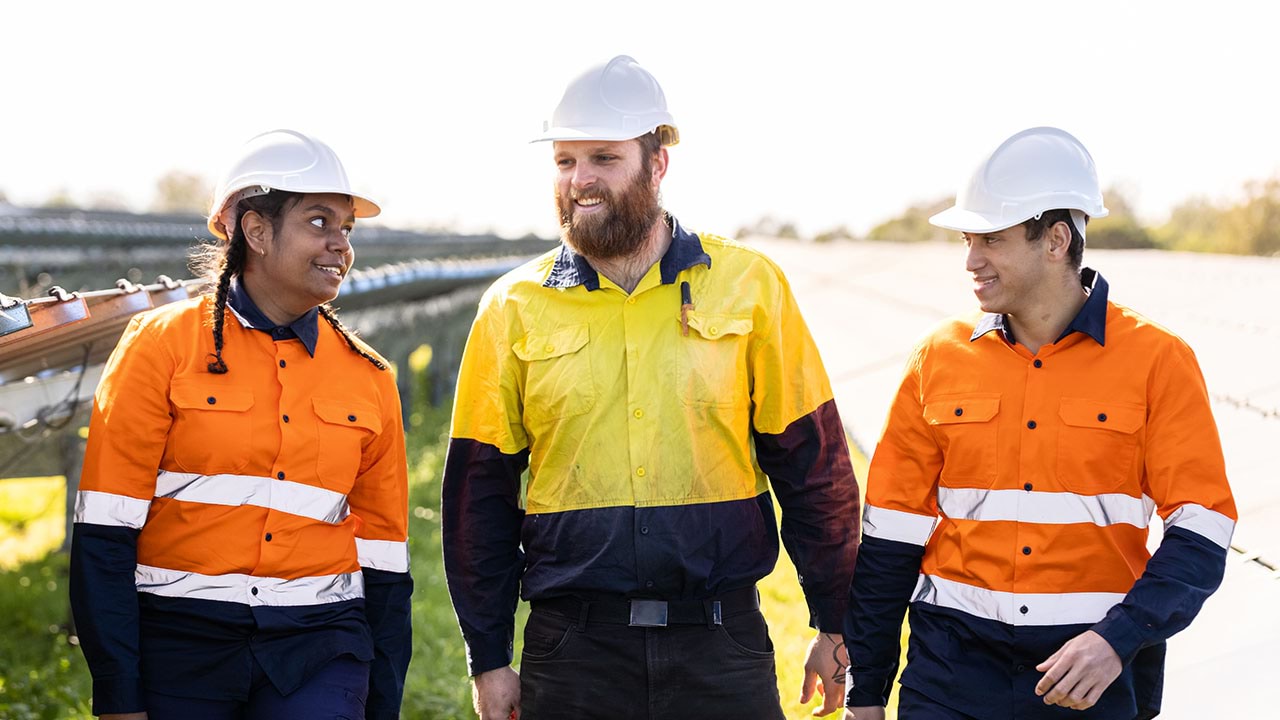Mechanics repair, maintain and test a wide range of vehicles. Victoria needs more mechanics. If you’re good with cars and engines, now is a great time to get started in the industry.
Find out what a mechanic does and the related Vocational Education and Training (VET) courses and pathways you can take to secure a job.
What is a mechanic?
Mechanics work in garages and workshops.
You may:
- detect and diagnose faults in engine parts
- dismantle and remove engines, systems, and components
- repair and replace worn and defective parts
- perform scheduled maintenance services
- reassemble repaired engines and parts.
Basic knowledge of engineering, physics, and electronics can help your career.
Find out more about mechanics(opens in a new window) and these related jobs on the Victorian Skills Gateway(opens in a new window):
- automotive electrician(opens in a new window)
- boiler or engine operator(opens in a new window)
- customer service manager(opens in a new window)
- diesel motor mechanic(opens in a new window)
- mechanical engineering technician(opens in a new window)
- mechanic’s assistant(opens in a new window)
- motor vehicle or caravan salesperson(opens in a new window)
- motorcycle mechanic(opens in a new window)
- small engine mechanic(opens in a new window)
- vehicle body builder(opens in a new window).
Related training courses
Explore these related TAFE and training courses on the Victorian Skills Gateway(opens in a new window):
- automotive(opens in a new window)
- automotive management(opens in a new window)
- mechanical diagnosis(opens in a new window)
- mechanical technology(opens in a new window)
- motor sport technology(opens in a new window).
You may be eligible for government funding to help pay for your course.
Median salary
The median weekly earnings for motor mechanics in Australia is $1,405.
Source: Jobs and Skills Australia(opens in a new window)
Note this salary is current as of January 2025 and is indicative only. A range of salaries apply to different roles across the industry.
Job demand in Victoria
Below are the projected employment for motor mechanic jobs in Victoria. Figures show the number of workers in 2024 and the new workers expected to enter the workforce by 2027 and 2034.
‘New workers expected’ accounts for workers adding new jobs to the economy and replacing retirees over the next 3 and 10 years. These projections are estimates only. There will be additional jobs available as people move between jobs and industries.
| Region | Workers 2024 | New workers expected by 2027 | New workers expected by 2034 |
|---|---|---|---|
| Victoria | 28,182 | 1,287 | 7,483 |
| Melbourne – inner metropolitan | 1,237 | 68 | 383 |
| Melbourne – inner south-east metropolitan | 807 | 17 | 164 |
| Melbourne – southern metropolitan | 5,350 | 204 | 1,386 |
| Melbourne – northern metropolitan | 3,571 | 184 | 1,173 |
| Melbourne – eastern metropolitan | 4,059 | 98 | 906 |
| Melbourne – western metropolitan | 4,218 | 316 | 1,632 |
| Ballarat and surrounds (Central Highlands) | 907 | 55 | 218 |
| Bendigo, Echuca and surrounds (Loddon Campaspe) | 1,260 | 38 | 273 |
| Geelong, Colac and surrounds (Barwon) | 1,535 | 100 | 442 |
| Gippsland | 1,709 | 73 | 353 |
| Horsham and surrounds (Wimmera Southern Mallee) | 317 | 16 | 36 |
| Mildura, Swan Hill and surrounds (Mallee) | 724 | 39 | 83 |
| Shepparton, Seymour and surrounds (Goulburn) | 819 | 13 | 137 |
| Wangaratta, Wodonga and surrounds (Ovens Murray) | 983 | 24 | 206 |
| Warrnambool, Hamilton and surrounds (Great South Coast) | 683 | 42 | 91 |
Source: Victorian Skills Authority Employment Projections Dashboard
Resources to plan your next steps
Visit our transport and logistics industry profile to find out about:
- what it’s like to work in transport and logistics, and some of the jobs you could do
- training and skills to work in the industry, and financial assistance to help pay for your course
- help getting a job in transport and logistics, and industry job projections for Victoria
- other free resources and advice to plan your training and career.
Explore growing industries in your region
Updated



